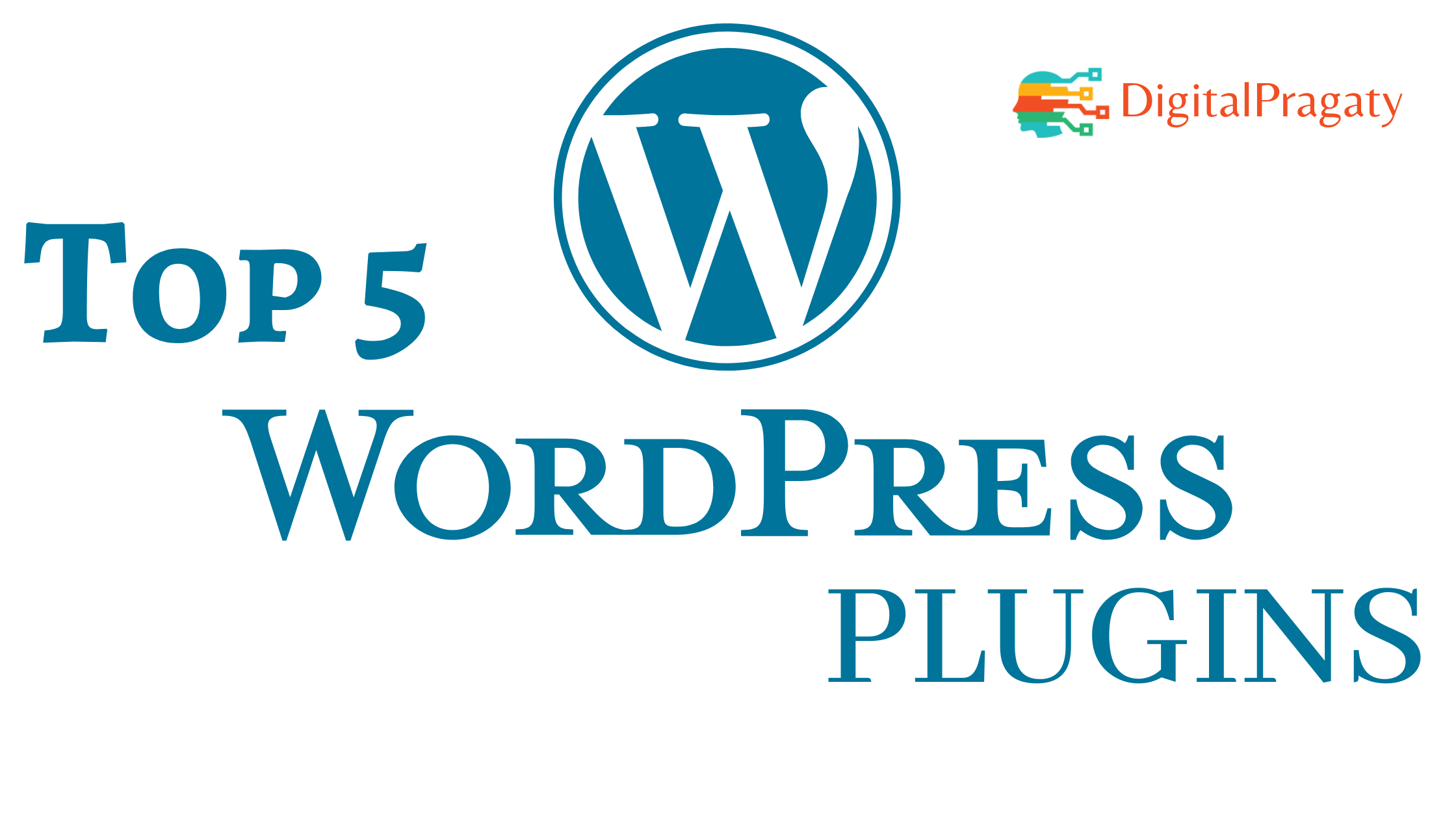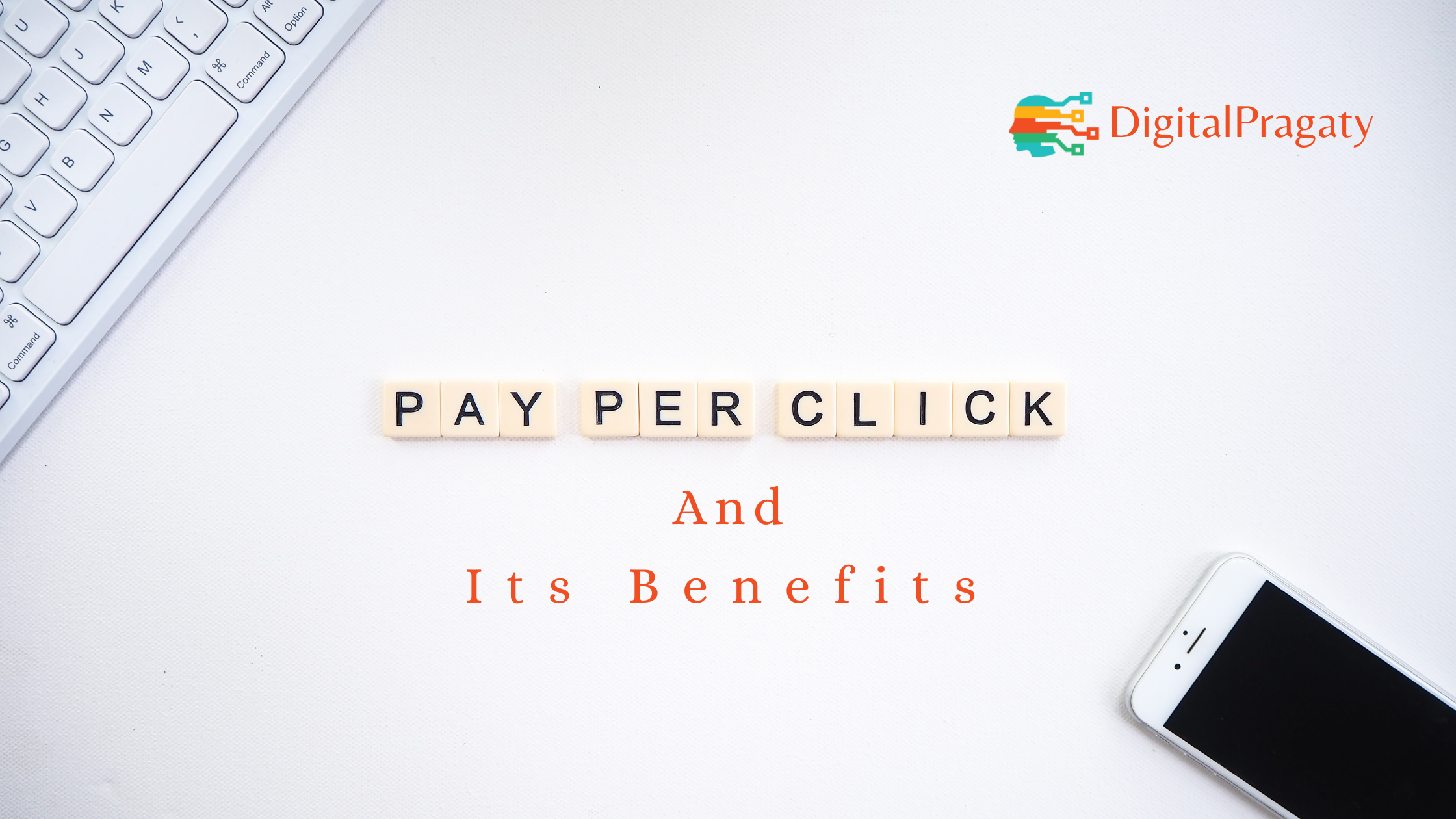
What is Google Penalty?
The algorithms set by Google are updated on a regular basis in order to furnish the users with the exact data or information with the distinctive content from the writers and provides the best web experience. And no wonder, it is done by imposing the penalties which are known as Google Penalty.

You should know about the penalties in sports, for instance, if a player plays or does something which is against the rules and regulations, they are penalized for their actions. For example, a Yellow Card or Red Card is given to the player in soccer when the player does something not acceptable. Now the card given depends on the seriousness or the severity of the violation. Players are either disqualified or expelled from the field for a limited time. The same is applied to those who work online or are online publishers. The system is planned in such a way, that the sites not complying with the updated policies, rules, and guidelines are penalized by Google (So, Google Penalty). The penalties influence the site’s performance on Google services.
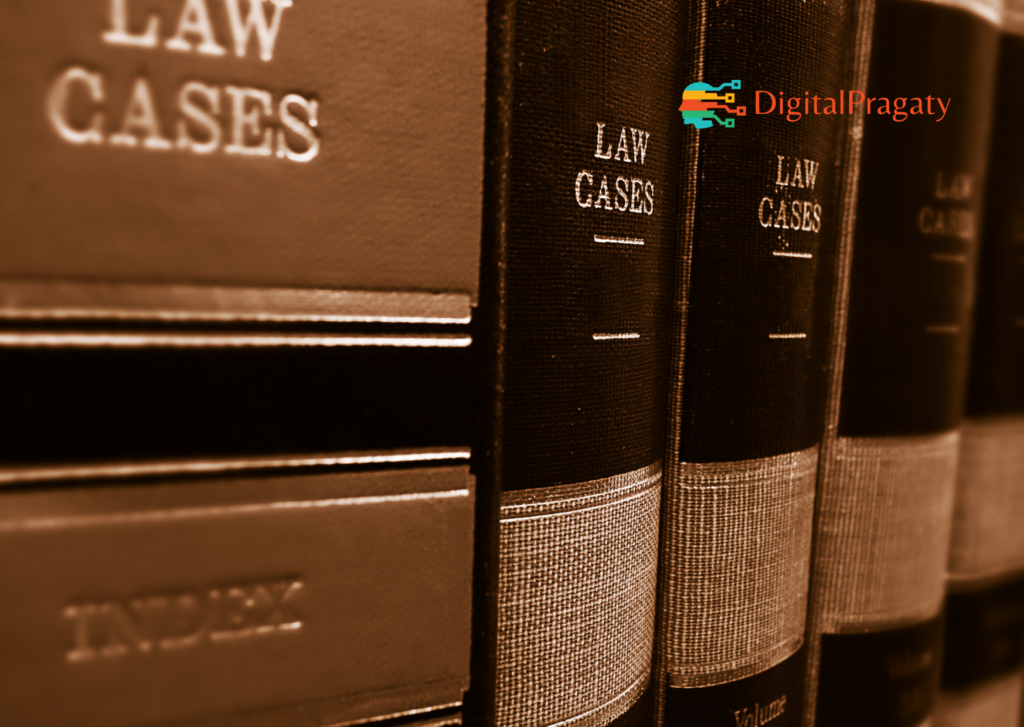
Furthermore, the penalties cause the organization to do as such. Google punishes just when it sees some oddity with your site.
There are three principle purposes behind Google to punish your site.
– Using counterfeit techniques to build site positioning and advertisement income.
– Lousy client experience and scratched content (with no worth extra) on the site.
– Higher advertisement thickness (over 30% isn’t suggested for versatile by Google)
Things being what they are, what precisely is Google Penalty?
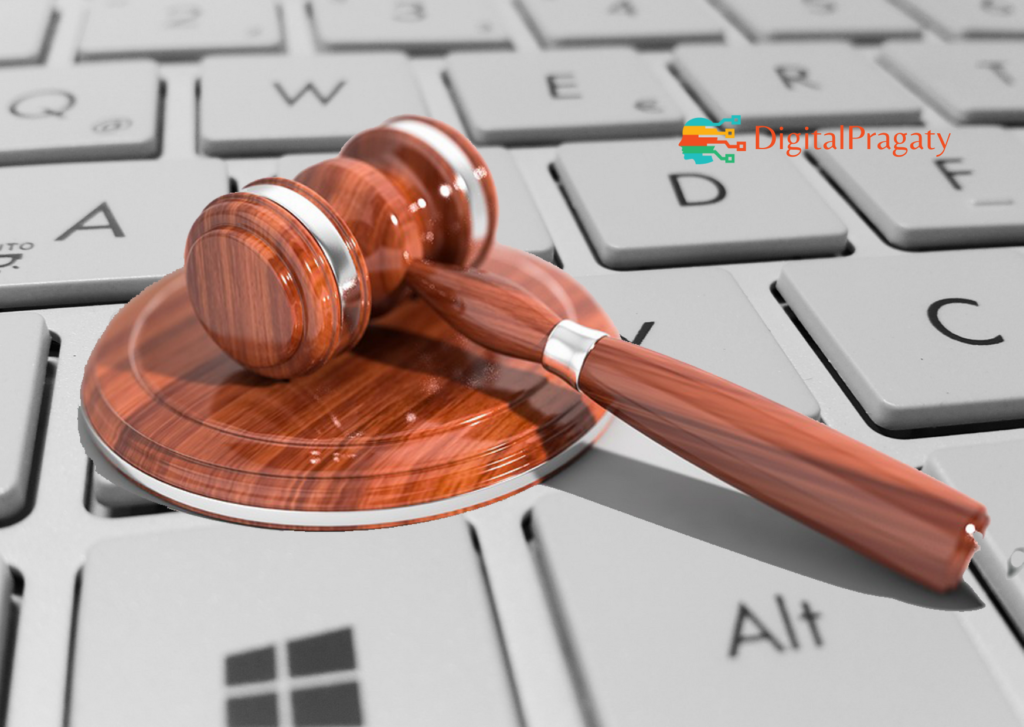
Google toolbar augmentation has discharged someplace several decades back and acquainted SEO with the world.
This SEO thing started the idea of PageRank. With time and the years, it refined and improved the nature of the calculation so just the quality substance stays at the top.
Google additionally punishes terrible notices, promoters just as the distributors who are running them. With automatic publicizing, distributors have expanded their proficiency however this has acquired pernicious, low quality, and irritating commercials on their destinations.
With such meddling promotions, it turns into a worry for publicists just as distributers. The sites with constrained full-page pop-ups are punished and the positions are pushed somewhere near the web search tool monster.
So as to shield the advanced organic system from advertisement fakes, terrible promotions, and scratched content from distributors, Google brings down such promotions and boycott distributors that help awful advertisement content so as to keep up honesty and straightforwardness.
Google brought down around 1.7 billion advertisements which are twofold the number of promotions brought down in 2016, as these promotions encroached the approaches. Since 90% of Google’s income is created by means of the promotion, it needs to protect the advertisement organize clean and the penalty supports the organization to do so. Google only penalizes you when it notices any kind of irregularity with your website.

Below are the three main reasons why Google penalizes your website.
– When you try to increase the ranking and ad revenue of your website by using false methods.
– When you publish any content that is no value added to your website or because of the lousy user experience.
– When the Ad density is way too high. It means the density is more than 30% which isn’t recommended for mobiles by Google.
A couple of decades ago, Google introduced SEO to the world and released the Google toolbar extension.
This SEO thing started the idea of PageRank. With time and the years, it refined and improved the nature of the algorithm so just the quality content can stay at the top.

Google additionally penalizes bad advertisings, publishers who are promoting such kinds of ads, and sponsors. With automatic advertising, the publishers have expanded their proficiency however this has gotten malignant, bad quality, and irritating promotions on their websites.
With such meddling promotions, it turns into a worry for sponsors just as the publishers. The websites with constrained full-page pop-ups are penalized and the ranking positions are pushed forcefully down in the web index of the search engine.
So as to cover the digital world from advertisement cheats, bad promotions, and spoiled content from the publishers, Google brings down such kind of promotions and ban such publishers that help the bad promotional content so as to keep up honesty and straightforwardness.
Around 2 billion ads were banned by Google which is just double of the number of ads that were taken down in 2016 due to the violation of the policies set by Google. As 90% of the revenue of Google is being generated by these ads, they have to keep the ad network unsoiled and safe.
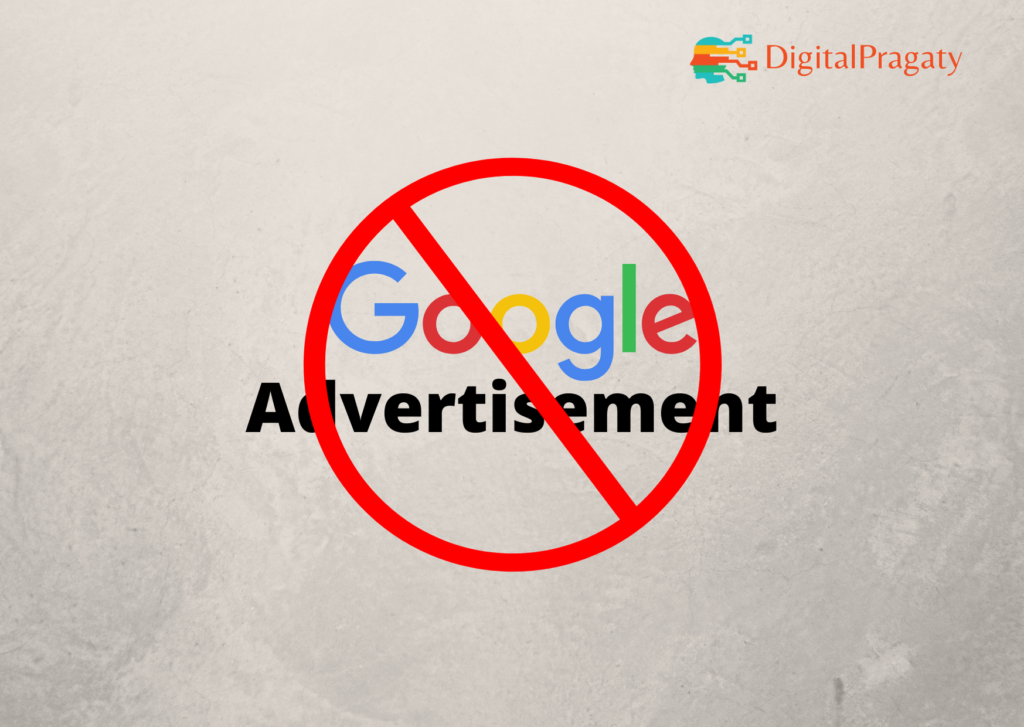
How Publishers are affected by Google Penalty:
Google not only intends to provide people with the information they are looking for but also works towards supplying the results that work well for any user. This is why it continuously updates the algorithms and comes up with policies such as rules to the rank site that are encrypted or mobile-friendly. Also, Google frequently updates its policy that keeps track of the advertisements of products that are not authorized or are illegal, self-clicking ads, or pop-ups. The ads that are redirecting the users or are promoting the sites like forged goods, weight or height gain or loss scams, and the sites that contain malware, etc.
In mid-2020, Google already announced the implementation of the new ad policies. When any publisher violates the regulations, Google takes off ads on its network (DoubleClick Ad Exchange & AdSense Ad Network). In order to prevent the revenue loss of the publisher, while following the standards, instead of classifying the entire website, it would classify the content page wise. This categorization assists in monitoring the ads and removing ads from a particular page that does not abide by the policies. This way, it does not call for taking off an ad from the entire site as it penalizes only a particular page. Talking about the content, it does not apply only to the text but also to the images, videos, and graphics that are used.

Without Google, you can’t accomplish everything on the web. It is perhaps the best wellspring of traffic age with your site on the top receiving various rewards that one can’t stand to overlook. Accordingly, it is critical to:
– Understand about the update because of which the site is penalized, and
– Check for the promotion approaches explicit to publishers, distributors
So, you can take educative measures to create your site execution and getting it back to the top.
When publishers get Google Penalty?
There have been cases in the past where promoters made their advertisement so that it seemed like a pertinent feature that works out in a good way for the site content, however, on tapping the connection the shopper is redirected to suspicious sites, for example, weight reduction, payday credits, and so on.
In such cases, Google makes a severe move by suspending the sponsor account as opposed to penalizing by removing the promotional ads. It additionally records the traffic designs from advertisements, backlinks, and the promotion source to break down and distinguish the individuals who trick oftentimes in this way suspending their accounts.

One of the most major issues of ongoing occasions is the advertisements published on fake websites. Such promotion content is a part of AdSense Misrepresentative Content Policy. This policy was launched in November which incorporates fake news websites as well as the sites that are associated with fraud practices like selling replicated papers, giving individual data, and other false exercises. With this, numerous distributors get kicked out of the Google network as they promote the content that is to be considered as fake on their site.
As mentioned previously that the bad ads are not only malware but also account for the bad experience of the clients. Google policies ensure and make the advertisers and publishers cognizant about the illegal activities, (for example, redirecting traffic and expanding clicks by utilizing the bots), non-visible promotional environment, or a risky brand climate.
Actions to deal with Google Penalty
To Prevent Bad Ads: Investigate your promotion trades and guarantee they have a demonstrated terrible advertisement sifting innovation set up. Go through your substance and consistently keep up a boycott of terrible advertisement sources.

Check for the bot’s traffic information and misleading messages on your site. Such kind of messages that redirects to non-significant or useless websites, can welcome the blacklisting of the site. Likewise, the fake traffic generated through bots and spiders sway the performance of the campaign just as the revenue generated.
For Websites: There are two types of penalties: Automatic Penalty and Manual Penalty.
The most common type of penalty is Automatic Penalty. In this type of penalty, Google update their algorithms on their side. This can also be categorized in two parts: Panda and Penguin.
– Panda penalty is exacted dependent on the quality of the content and site ease of use. It normally turned out consistently.
– Penguin penalty is connected with enhancement and client experience.
A manual penalty is forced when somebody from the team of Google has investigated your site physically and discovered it has violated the rules. This infringement can either be on the whole website or on certain pages. For this situation, Google gives a rundown of issues and the activities needed to amend the issues. When the progressions are performed, you can resubmit the solicitation to check if the penalty is taken out.
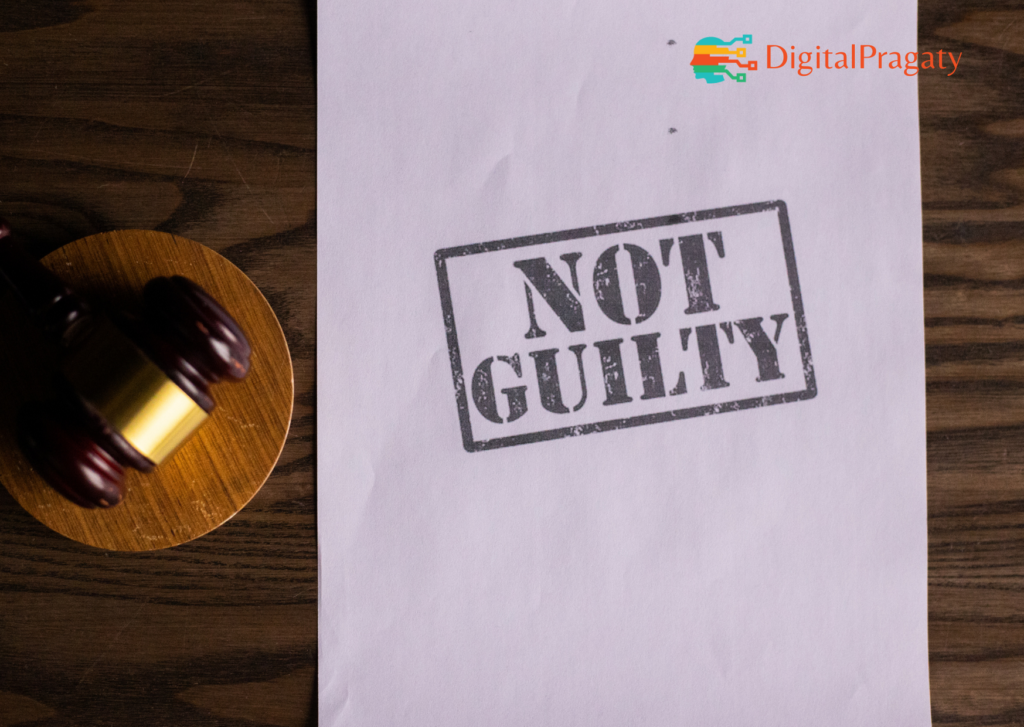
Generally, these penalties can be seen on the search console if there are any. Below are some of the points that usually initiates the penalty:
- When a visitor is redirected to any other page without the permission of the user.
- When the content is plagiarized and is full of keyword stuffing.
- When there are various backlinks and hidden texts from other web pages.
- When the pages are loading with the indiscreet ads.
- When there is the involvement of advertising that contains malware and fraud ad campaigns.
- When there are viruses or spyware, etc. are involved.
- When the original page has a different version from the page that is shown in the search engine robots.

Below are some tips that will be useful in preventing the Google Penalty:
- The very first tip is to check the domain. If the penalty is applied on the domain, try to find another one.
- Check what sort of offense it is? Automatic one or the manual one, was this offense in the first run, or was it the repeated one? Depending upon the list of actions that are provided by the team of Google in order to resolve the issues, one should try to resolve each and every issue and try to raise a request for penalty cancelation.
- Check for the seriousness of the penalty imposed. Is it due to shrouding, undesirable stuffing of keywords, or something else? Few out of every odd offense prompts a similar discipline. Attempt to improve the quality of the content, eliminate un-important backlinks, and re-present the consideration request.
Conclusion: You should show restraint toward Google, simultaneously, you have to carry on honestly to get great outcomes. You can attempt deceives however can stumble into difficulty effectively if rules are not dealt with. Hold fast to core values, advance the site on legitimate digital mediums, and consider white hat SEO patterns or tricks. In order to remove the Google penalty, one should understand its cause and when it is identified, you can easily determine and can update your ads and website for fruitful performance and can deliver a secure place to the clients, brands, and publishers.


